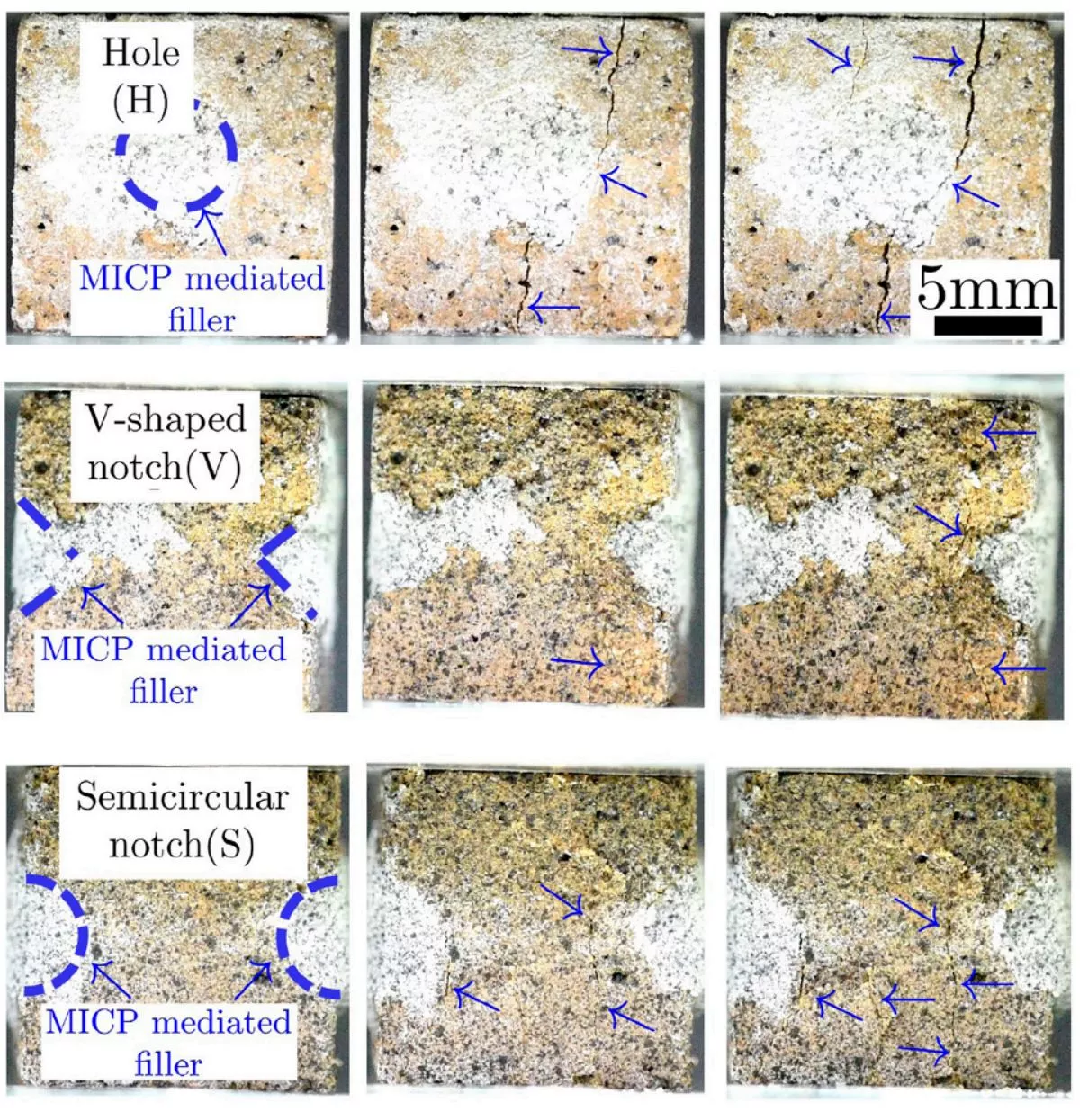Get the latest tech news
Scientists are using ingenious space tech to save Earth’s most endangered animals and habitats – from the comfort of a Parisian office
Far above our heads, space technology is supporting conservation in exciting and vital ways, says Simon Ward.
Whether tracking the migratory journeys of bar-tailed godwits, flying 29,000km without so much as a rest stop, or a tiger threading its way through fragmented forests in Asia, satellites are one of conservation’s sharpest tools – ever watchful, precise and unflinchingly reliable. “Space technology gives us the ability to assess the health of forests, track deforestation, predict wildfires and measure the full extent of the human influence on landscapes and wildlife habitats,” explains Antoine Rostand, president and co-founder of satellite and enviro-intelligence firm Kayrros. “By bouncing signals off the forest canopy, satellites can measure the height of trees, detect illegal deforestation and gauge the progress of reforestation,” explains Bogdan Gogulan of NewSpace Capital, a firm of investors targeting spacetech with a green edge.
Or read this on r/technology


